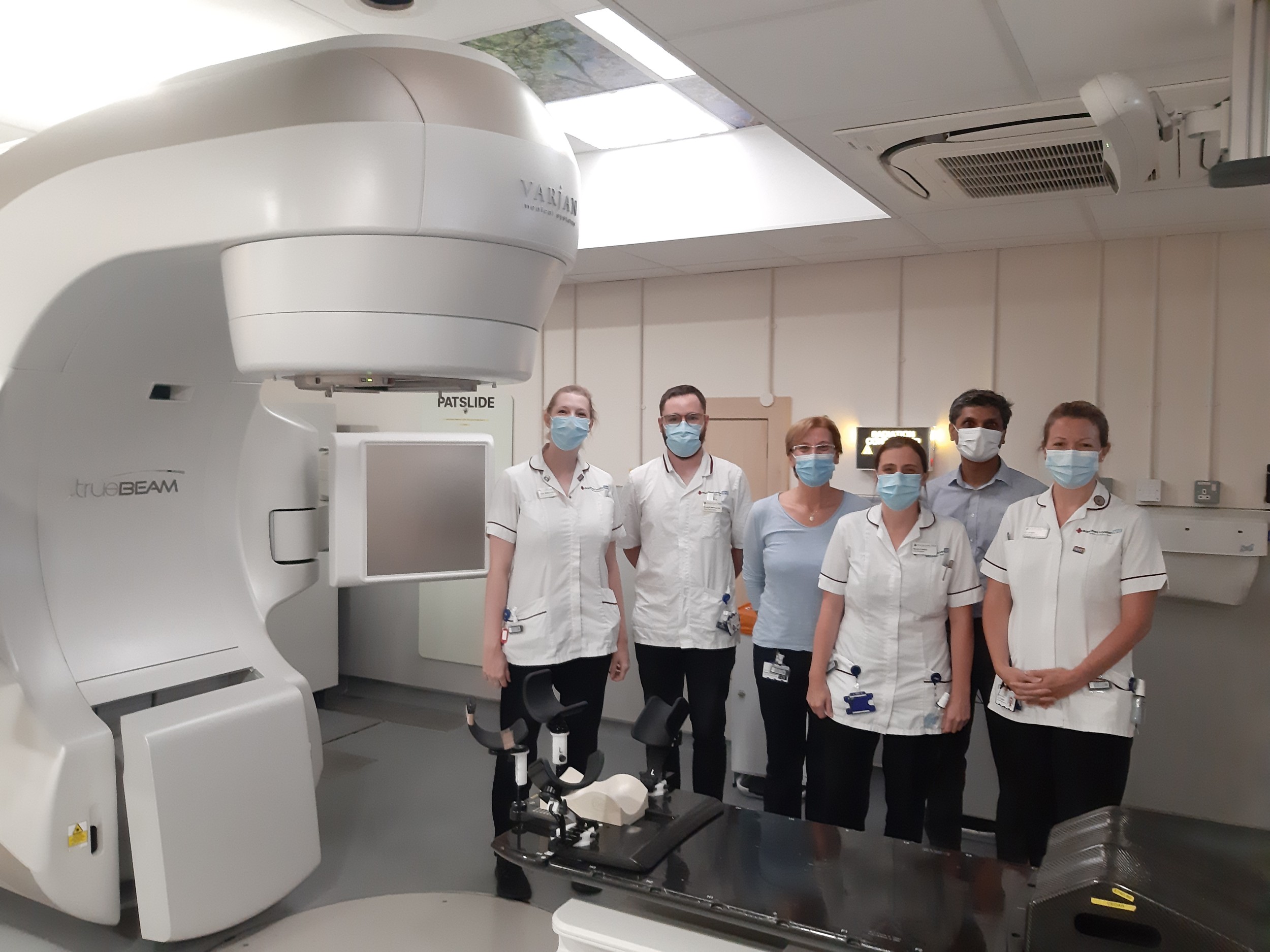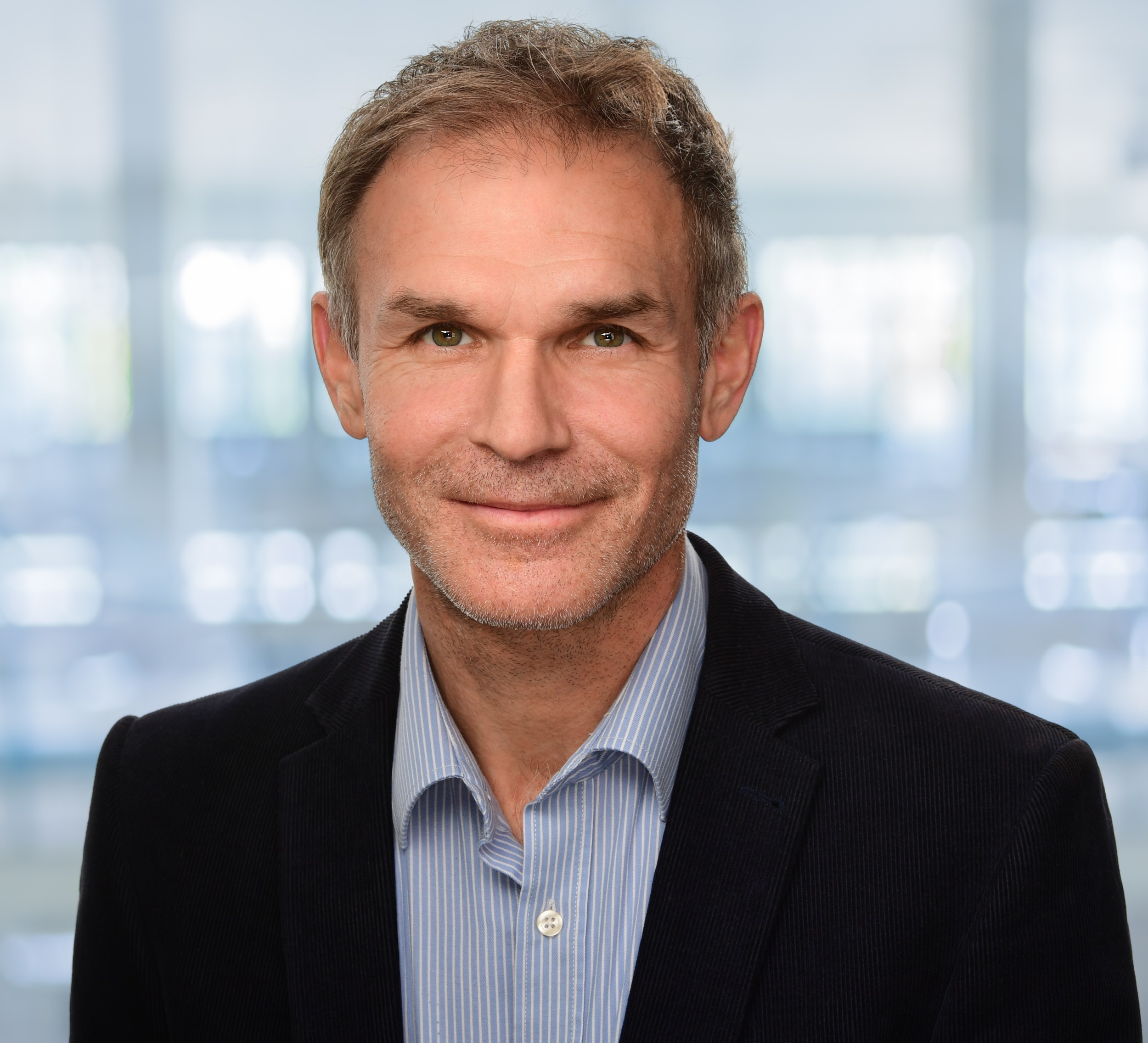
A type of radiotherapy that has been used to treat more than 150 patients for early lung cancer at the Royal Free Hospital is now being developed to treat other cancers.
Stereotactic ablative body radiotherapy (SABR) has proved a highly effective targeted treatment for early lung cancer, providing patients who are frail or those who have cancer in more than one lung with a welcome alternative to surgery.
The SABR treatment delivers a curative dose of radiation to tumours with far fewer sessions required – typically three to eight rather than the previous regimens of 15-30. This technique allows radiographers to target the tumour much more effectively and this, combined with the fact that fewer sessions are needed, means patients are likely to experience fewer side effects than standard radiotherapy.
Dr Hemal Ariyaratne, consultant clinical oncologist, said: “Patients receive a far higher dose of radiotherapy compared to previous standard treatment. It is an incredibly accurate and effective treatment. We use the same machine as before but the difference is in how the dose is administered to the patient. It’s a lot more technologically complex in how we plan it and how we deliver it.
“The good news is SABR has as good outcomes as surgery and much fewer side effects. Patients may feel a bit tired for a few weeks but not having to undergo surgery means they are still able to get on with their lives and it gives patients more choice.”
The service is also being developed to treat other cancer sites including bone metastases and lymph node metastases. In the future it could also be used to tackle liver tumours, all of which could increase the numbers of patients who benefit from SABR each year.
James Barber, radiotherapy pre-treatment superintendent radiographer, said: “Radiographers like delivering the treatment as it gives them a superior tool to help patients. Meanwhile patients are pleasantly surprised at how quick and largely side-effect free their treatment is compared to the stories they’ve heard from patients who’ve experienced the standard treatment.”
(L-R: Alice Witkowska, team lead radiographer, Edward Berrecloth, team lead radiographer, Katia Pasciuti, deputy head of radiotheraphy physics, Nicola Calvert, senior radiographer, Dr Hemal Ariyaratne, consultant clinical oncologist and Elizabeth Cooper, treatment superintendent radiographer
 Translate
Translate
